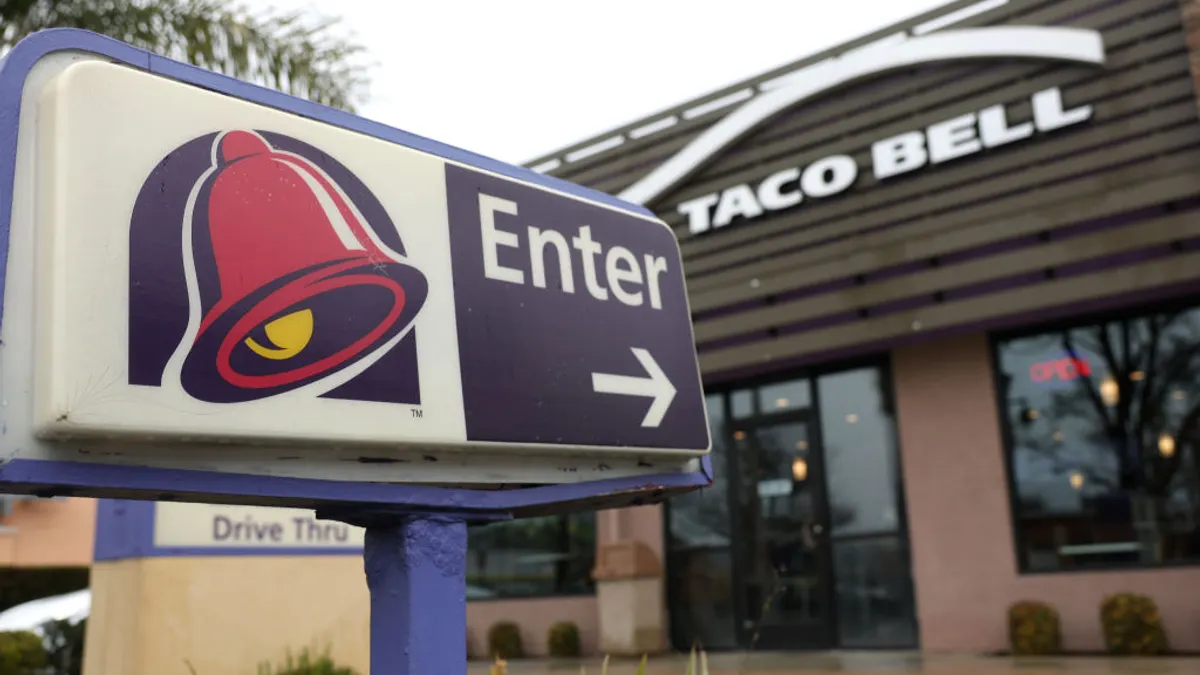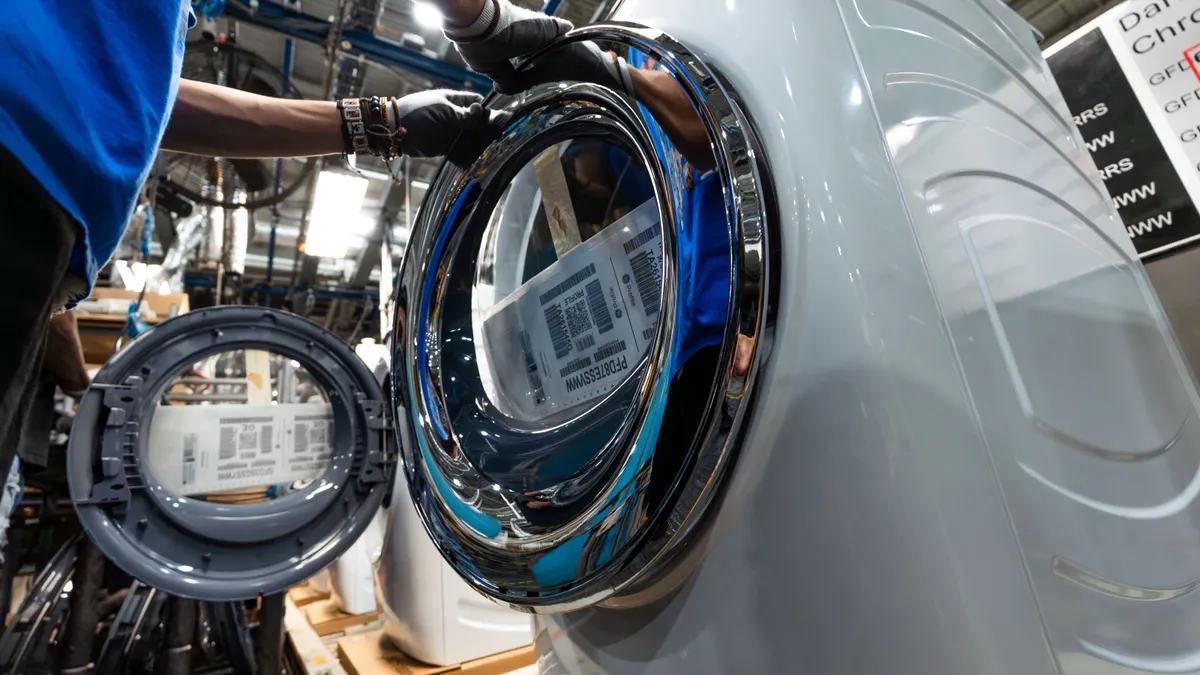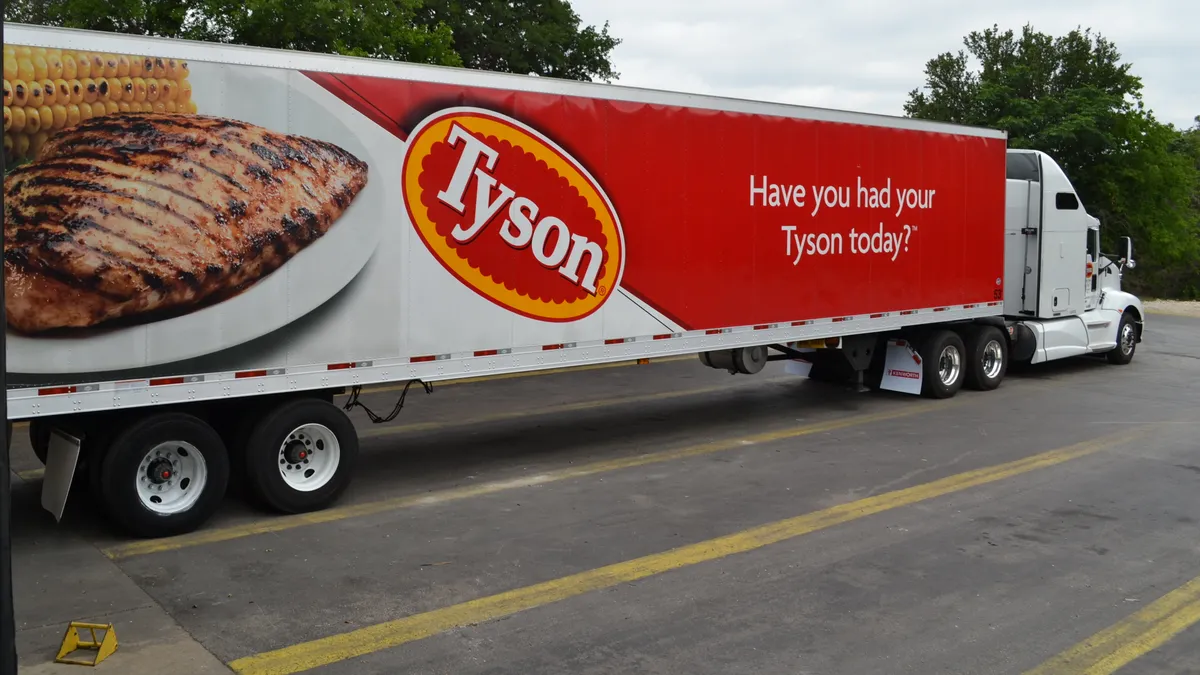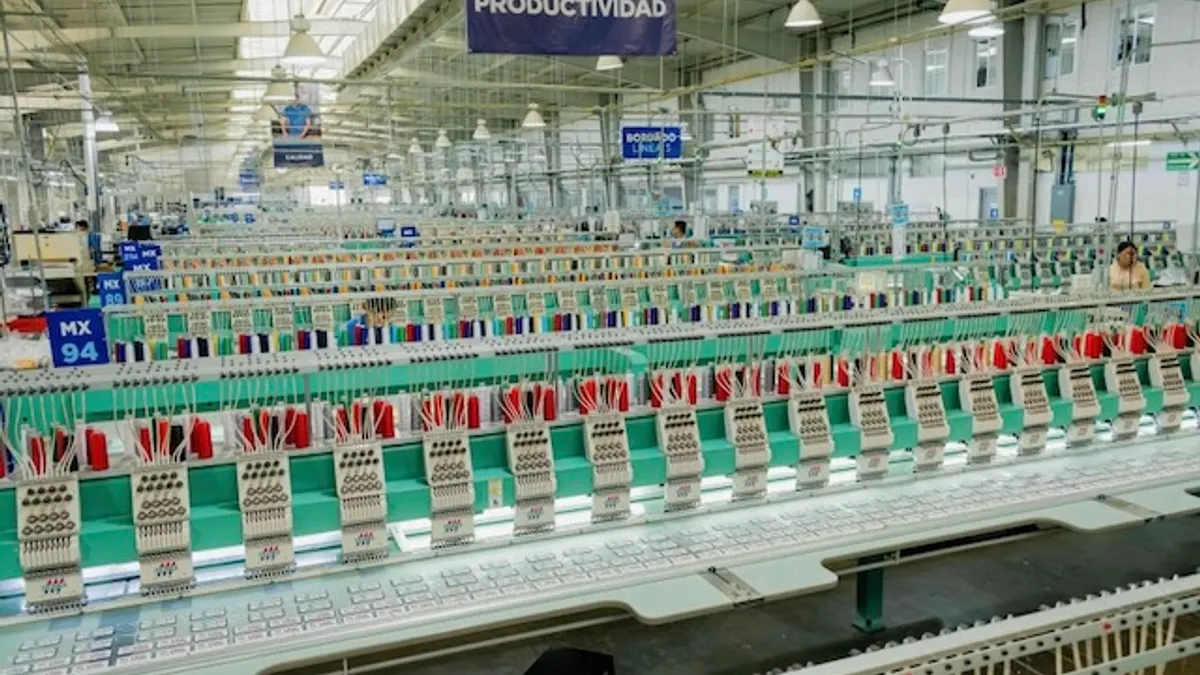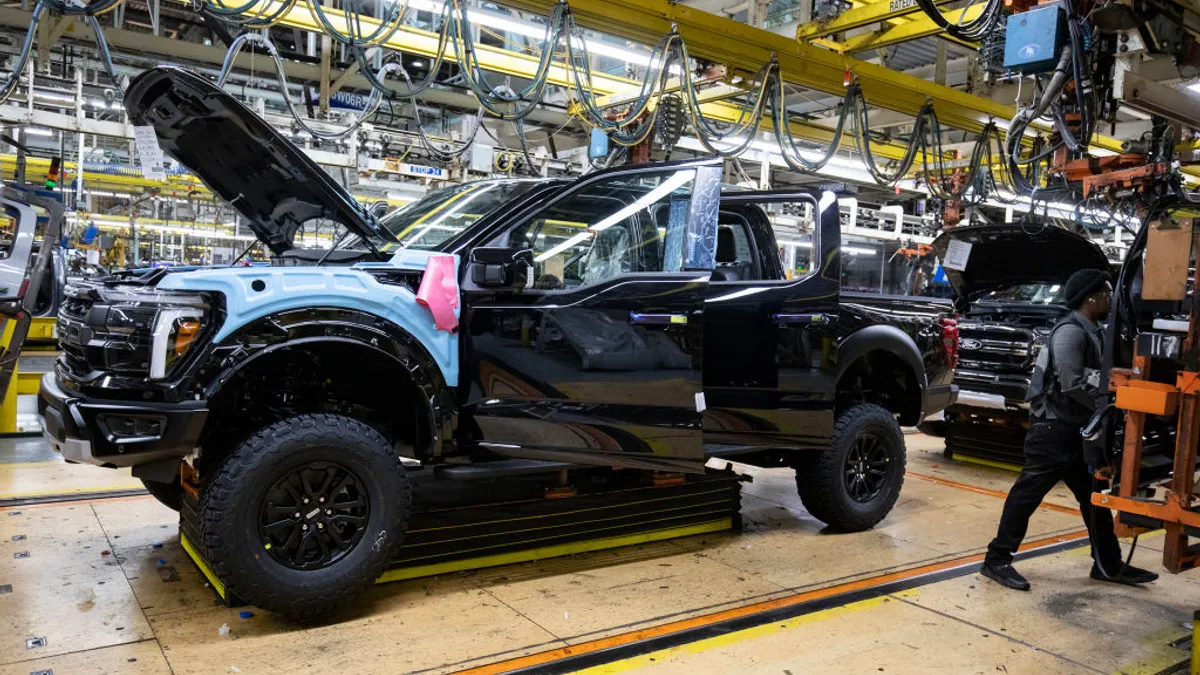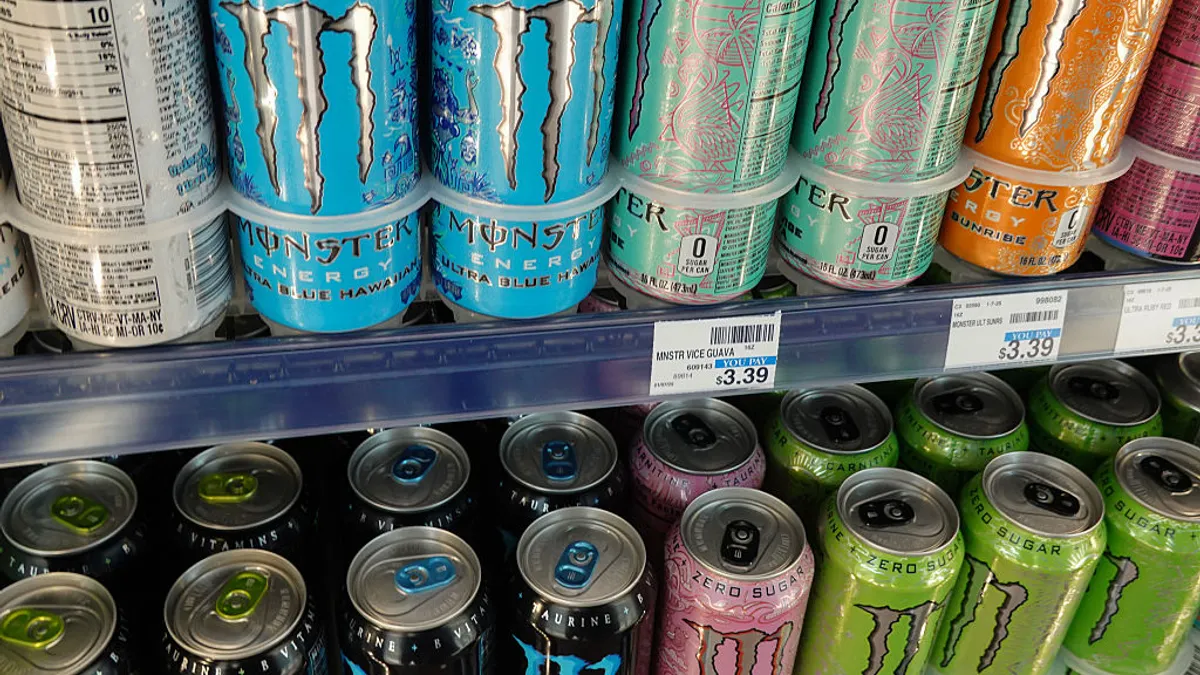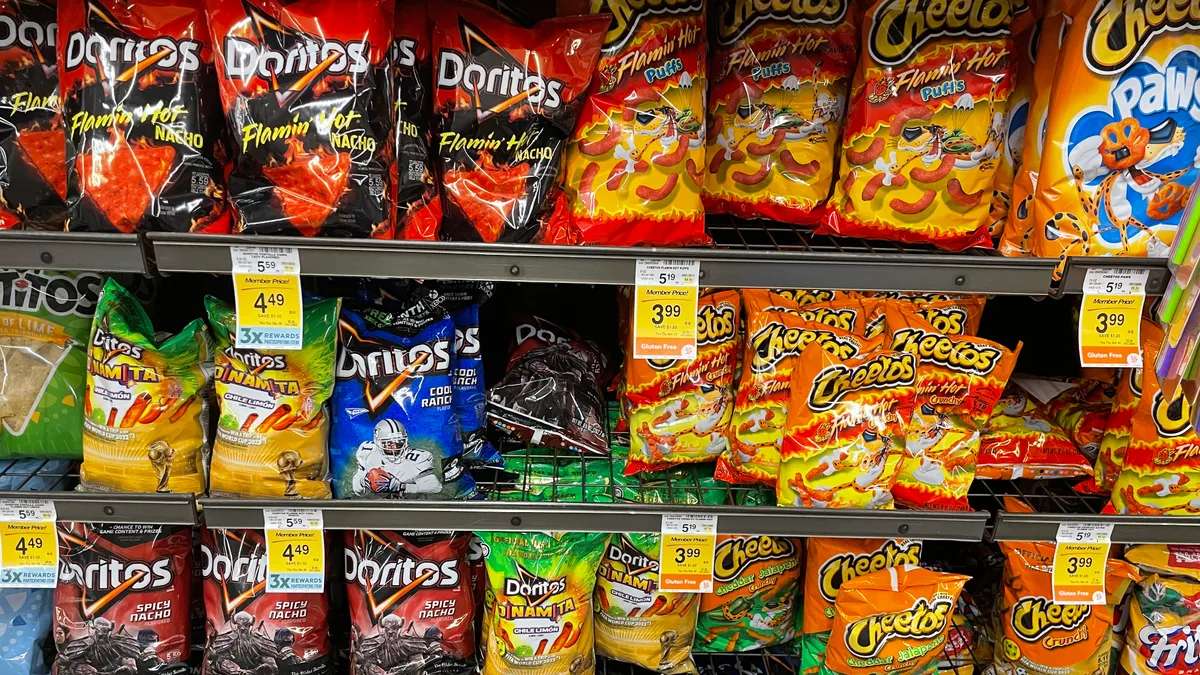As the United States solicits feedback on the U.S.-Mexico-Canada Agreement ahead of the deal’s review next year, manufacturers are mulling how they can minimize their exposure to tariffs.
Cross-border trade in North America has already gone through a series of changes, first with the scrapping of the North American Free Trade Agreement for USMCA in 2020, then with 25% tariffs placed on imports from Canada and Mexico earlier this year. A tariff exemption was granted for USMCA-compliant goods, although levies on non-qualifying imports from Canada now face a 35% duty.
Mexico and Canada are the U.S.’ largest trading partners, with the country importing $505.5 billion and $411.9 billion worth of goods from the countries in 2024, respectively. The tariff exemption has led many firms already manufacturing in and sourcing from the two nations to reevaluate their products to see what qualifies. Some have seen increased business or a competitive advantage due to their existing compliance with USMCA.
But the tariff situation has been too fluid to prompt major moves for manufacturers with global supply chains, according to trade consultants and attorneys. While companies have expressed some interest and started discussions about shifting manufacturing into Mexico, the USMCA hasn’t spurred a resurgence of interest in U.S. manufacturing.
And now with the trade deal up for review next summer, businesses are even more “reluctant to pull the trigger and make changes until USMCA is more settled,” said Cindy Allen, CEO of consulting firm Trade Force Multiplier.
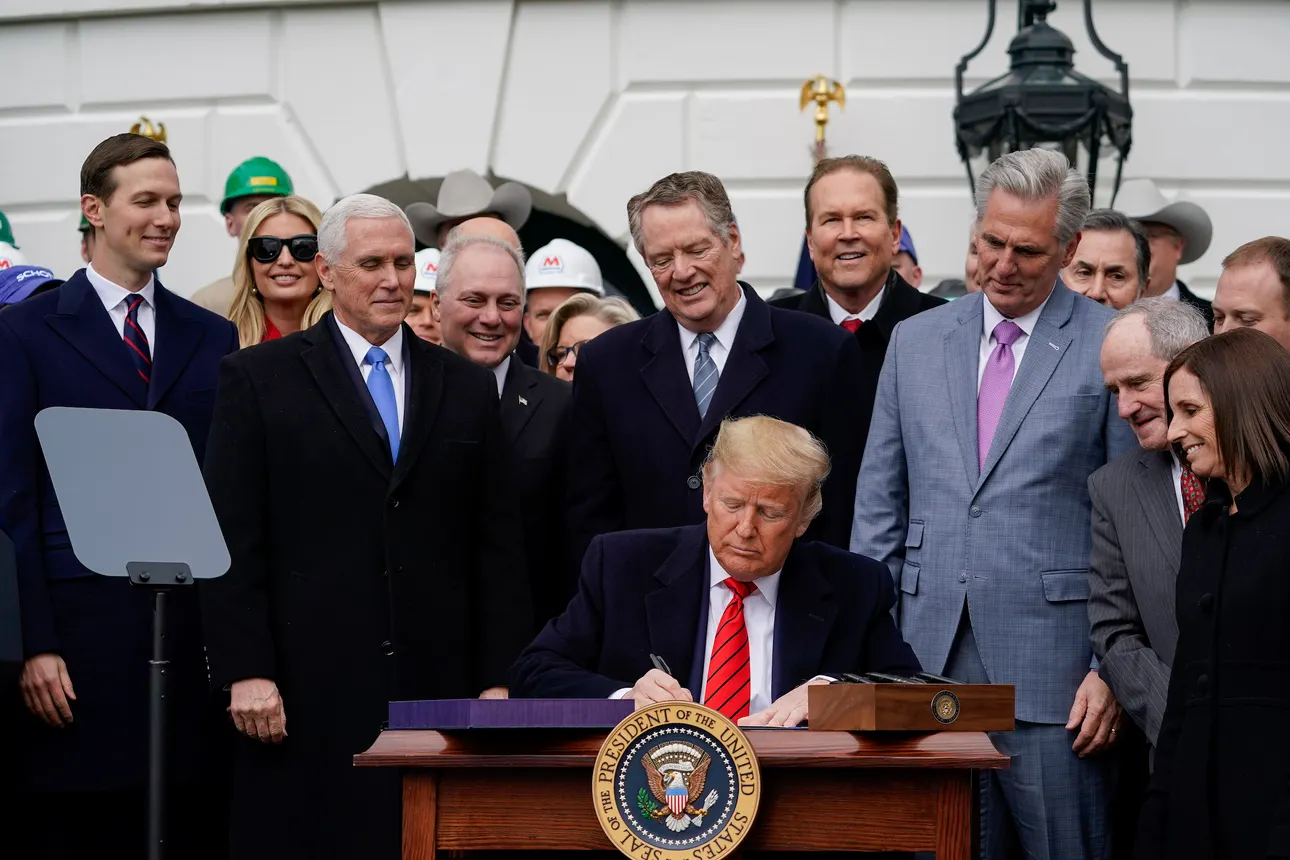
A closer look at compliance
The tariff exemption has “limited the damage a little bit” by removing tariff-related costs for companies already in compliance with USMCA, said Dan Cannistra, a partner at international law firm Crowell & Moring.
While it’s too soon to know which companies will benefit most from the tariff exemption, some manufacturers are already touting early wins.
Methode Electronics has gained customers because its facilities are USMCA-compliant. The manufacturer is able to deliver in North America with more than 97% USMCA compliance. Newell Brands, the parent company of brands such as Rubbermaid and Sharpie, recently noted it has two USMCA-compliant plants in Mexico that aren’t exposed to tariffs. Visual Communications Co., which operates a manufacturing facility in Tijuana, Mexico, says the USMCA strengthened its ability to serve customers from North America.
When tariffs on imports from Canada and Mexico were lower, many businesses found it cheaper to pay the duties rather than incur the costs of record-keeping and compliance investigations. But that’s changed, according to Allen, who was previously an executive director at U.S. Customs and Border Protection. Now, many large manufacturers are working to determine if their products qualify for USMCA compliance, allowing them to avoid tariffs.
Stanley Black & Decker is one manufacturer “trying to push for maximum USMCA compliance,” said CFO Patrick Hallinan, speaking at Morgan Stanley's Laguna Conference in September. In 2018, the company built up capacity in Mexico.
“We probably overexpanded in Mexico,“ Hallinan said. ”Until this tariff regime, we're wondering, do we hold on to all that capacity or not?“
Now with the current tariffs, which currently include 55% duties on many of the manufacturer’s products from China, Stanley Black & Decker is moving China volumes into Mexico using the capacity it had already built. The company plans to reduce China production for the U.S. to less than 5% by the end of next year.
“There are no safe havens to move to now. So that's frozen everybody in place for the moment.”

Dan Cannistra
Partner, Crowell & Moring.
Allen sees many businesses exploring a similar process, in which they move manufacturing to existing facilities in Mexico. “It's easier to add to a capacity that's already there than to start from scratch,” Hallinan said.
It’s not an instantaneous shift to USMCA-compliance, though.
“You have to do some other things to the product content-wise to get it there,” he said.
The USMCA increased many rules of origin requirements compared to NAFTA. In automotive, the regional value content requirement increased to 75% from 62.5%. The newer trade deal also required 40% to 45% of a vehicle’s production value to be made by workers earning at least $16 per hour, and 70% of a vehicle manufacturer’s steel and aluminum purchase value to originate in North America — neither of which were provisions in NAFTA.
Some manufacturers have explored ways to tweak their products to ensure compliance, with many looking at how they can reduce their taxable footprint, according to Kimberly Reuter, chief advisor at CSG Consulting.
Reuter advised manufacturers to “take this time to really dive into all the costs associated with your product.” The process helps identify which products are compliant under USMCA, or which ones could be with a small shift in sourcing.
The process of altering a product takes time, though. In the automotive industry, for example, changing a part requires a qualification process of the supplier and the materials, which can take years, Cannistra said.
Uncertain future
Trade experts pointed to an overall reluctance among manufacturers to make big manufacturing shifts. Several manufacturers are making “decisively fewer changes in supply chain” today than they did during tariff changes under the first Trump administration, when companies moved to diversify outside of China, per Cannistra.
“There are no safe havens to move to now,” Cannistra said. “So that's frozen everybody in place for the moment.”
Even the U.S. isn’t a “safe haven” because of the lack of available manufacturing capacity and the fluid trade environment, Cannistra added, noting that most plans for new or future manufacturing in the U.S. are on hold. In industries such as automotive, manufacturers may have to source raw materials from overseas, which would still be tariffed, “making future investments in the U.S. very tricky,” he said.
Conversely, a new plant in Canada would offer more predictability in tariffs and steady costs on raw material imports, Cannistra said.
Manufacturers have also set their sights on Mexico because of lower costs of labor, though the country isn’t risk free. “The volatility of the relationship between Mexico and the U.S.” has made companies hesitant to invest there, Trade Force Multiplier’s Allen said.
Requirements under the USMCA could shift next year, when the trade agreement goes through its review process. There are concerns the renewed agreement would reduce what can qualify, setting a higher bar for rules of origin requirements, according to Allen.
“If the last five or 10 years have taught us anything, it's going to change,” Stanley Black & Decker’s Hallinan said of USMCA. The manufacturer’s global supply chain and manufacturing, with capacities in multiple Asian nations, ensures it “won't be only Mexico dependent,” he added.
Cannistra’s advice to manufacturers is to continue to diversify.
“Nobody knows where this is going to end, so you want as many options as possible.”








